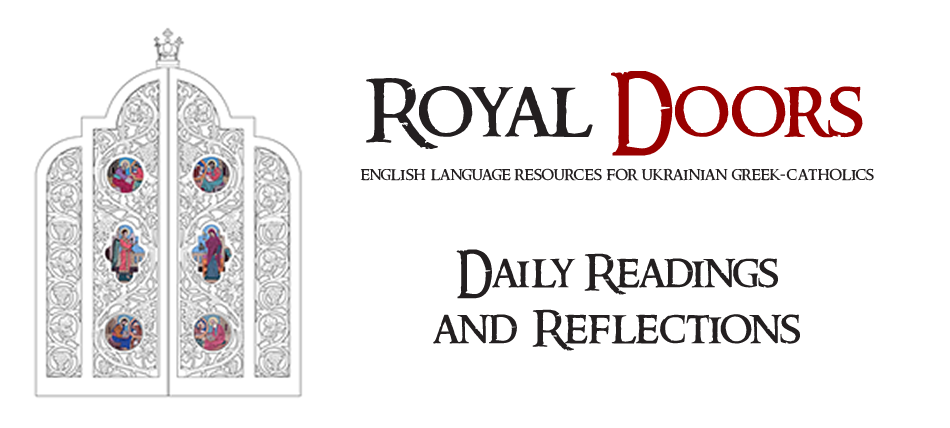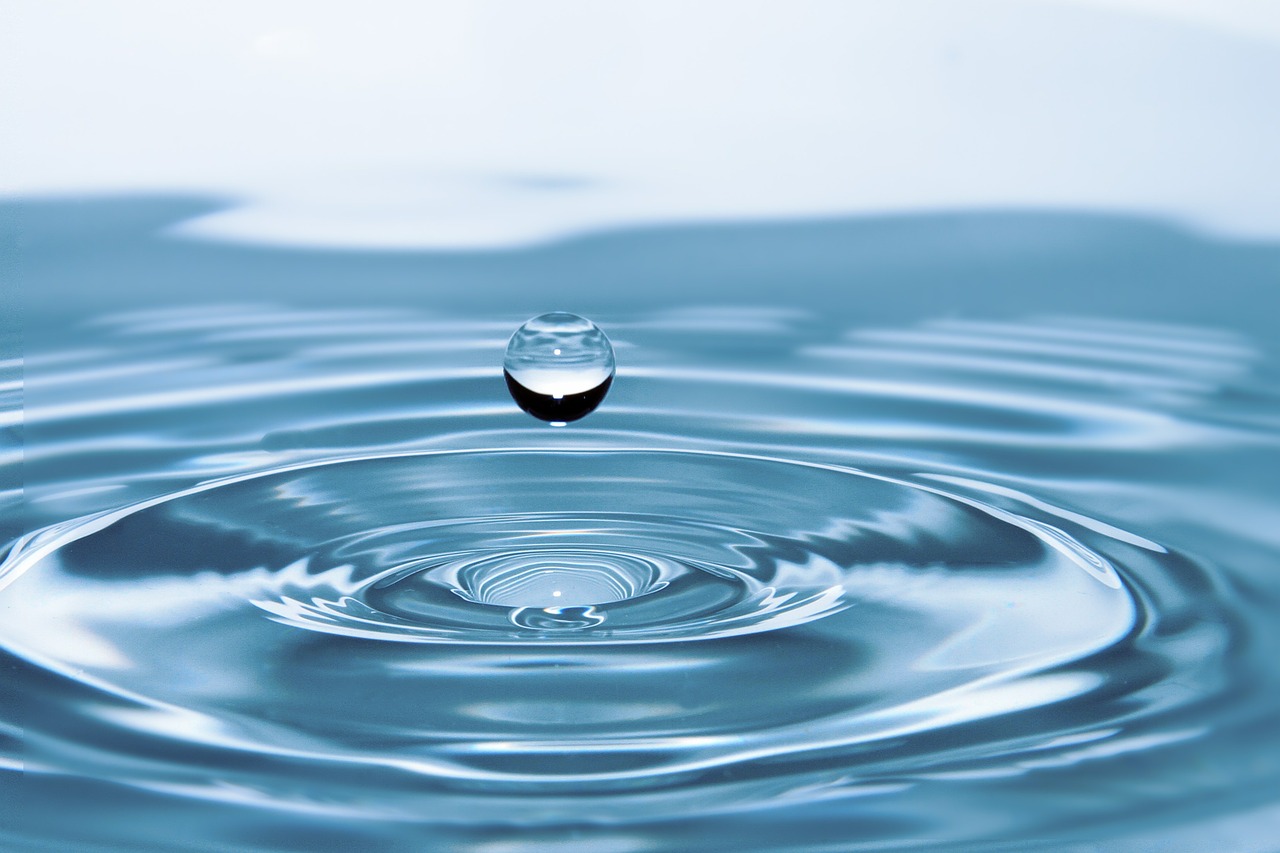Water is central to Life everywhere, but especially in places like the Middle East where it is in short supply. We do not know when people began supplementing the rainwater they collected by digging water from shallow pools. When metal tools came into use, wells 100 feet deep and more could be dug. Access to underground water became an important key to survival for peoples in otherwise arid lands. Villages were built around wells, which became important focal points of the local community.
The well was the natural gathering place in ancient villages. It was also the place to meet women (they were the family members generally designated to draw water). Thus when Abraham sent his steward to Nahor in order to find a bride for his son, “he made his camels kneel down outside the city by a well of water at evening time, the time when women go out to draw water” (Genesis 24:11). There the steward encountered Rebekah, who ultimately became the wife of Isaac.
It makes one wonder why the Lord Jesus, sitting down beside the well in the village of Sychar, encountered a Samaritan woman coming to draw water at “about the sixth hour” (John 4:6, 7), in other words, at midday. As the story develops we see that she has had five husbands and now was living with a sixth man. As a person of low reputation in her community, she would probably only come for water when the other village women would not be venturing outside.
Because water is so central to life it played an important part in religious practice. Jews, for example, ritually washed their hands before entering or serving in the Temple. Later the practice was extended to all Jews whenever they prayed or observed holy days. The Pharisees promoted ritual washing of hands before eating bread (the symbol of all food) and reproached Jesus’ disciples for not following this practice: “Why do Your disciples transgress the tradition of the elders? For they do not wash their hands when they eat bread” (Matthew 15:2).
Full immersion into a spring-fed pool (mikvah) is still required in certain circumstances such as conversion to Judaism. Archeologists have discovered numerous ancient mikvahs throughout Israel. Today mikvahs may be found in synagogues or Jewish community centers throughout the world. One can see the connection of John’s “baptism of repentance” (Mark 1:4) with such practices.
Because water is so essential to physical life, it also came to be a symbol of spiritual life for the Jews. Thus Isaiah would prophesy, “If you extend your soul to the hungry and satisfy the afflicted soul… you shall be like a watered garden, and like a spring of water, whose waters do not fail” (Isiah 58:10-11). Then, in the New Covenant, water would become more than a symbol; in baptism water would actually bring us to union with the risen Christ, the Source of living water.
For this reason Pascha was the principal time for baptism in the early Church. During the Great Fast catechumens were given their final instructions and were baptized at the vigil of Pascha, the Vesper-Liturgy on Holy Saturday. Thus the resurrection of Christ would be celebrated by passing on to the catechumens the new life in the risen Christ. Bright Week was devoted to catechizing them about the holy mysteries, which had been closed to them before their baptism.
Because of this baptismal connection, water is often central in the Gospel readings at Liturgy on the Sundays following Pascha. We read of the encounter of Jesus with the Samaritan woman mentioned above (John 4:1-15) on the Fourth Sunday after Pascha; on two other Sunday we read of Jesus healing the sick at two well-known Jerusalem pools.
The Pool Called Bethesda
The healing of the paralytic (John 5:1-15) is recounted on the Third Sunday after Pascha. The Gospel tells us that the setting for this healing was a pool “in Jerusalem by the Sheep Gate… which is called in Hebrew, Bethesda, having five porticoes” (John 5:2). For centuries this pool was unknown causing scholars to doubt the historical basis of this story. In the nineteenth century archeologists began uncovering its remains.
Bethesda was actually a double pool. This original was designed in the eighth century BC as a reservoir for rain water. Around 200 BC a second pool was added, traditionally dedicated to washing sheep, perhaps before being sacrificed. In the first century BC smaller pools were constructed by the Roman soldiers garrisoned in Jerusalem and dedicated to the Greco-Roman deities Fortuna and Asclepius the Healer. The Romans would go there in search of healing for their ailments. They would sleep in the shrine and report their dreams to the priest who would prescribe treatment. Was the paralyzed man in the Gospel seeking healing from Asclepius? We do not know.
That the Lord’s word alone was more powerful that the presence of any Roman god was not lost on those who first heard this story. They had come to know Christ as the Source of healing, the Fountain of living water, the One who quenches the thirst of those who come to Him.
The Pool of Siloam
On the Fifth Sunday after Pascha we read about the healing of the man born blind whom Jesus sends to wash in the pool of Siloam (John 9:1-38). This was a large man-made pool cut out of rock on the southern slope of the ancient heart of Jerusalem called the “City of David,” just outside the city walls. An aquaduct, called Hezekiah’s Tunnel, brought water from the Spring of Gehon over 1700 feet away. The broad steps leading down into the pool suggests that it was used as a mikvah for pilgrims entering the Holy City. According to the Gospel, the Lord sends the blind man to (ritually) wash in the pool, where he finds that he has already been made whole.
We are invited during this season to see the risen Christ with the eyes of the newly-baptized. Like them we recognize Him as the Source of life, the One who heals bodies and souls, who calls Jews, Samaritans and Gentiles alike to acknowledge Him as Lord.
“And he showed me a pure river of water of life, clear as crystal, proceeding from the throne of God and of the Lamb. …Let him who thirsts come” (Revelation 22:1, 17).
On the Samaritan Woman
“Jesus answered and said to her, ‘Whoever shall drink of this water shall thirst again. But whoever shall drink of the water that I shall give shall never thirst again’” (John 4:13). Insipid, temporary, and unsatisfying was that life and its glory, for it was worldly. The proof of it being worldly is the fact that the cattle of Jacob drank from it (i.e. the well). . . But the water which the Savior gives is from His spirit and His power. . .The words “shall never thirst again” mean that His life is eternal and never perishes as does the first (life) which the well provides, but rather is lasting. For the Grace and gift of our Savior cannot be taken away, and is not consumed or destroyed in the one who partakes of it. The first life is perishable.
“The water I shall give that one shall be a well of water within, springing up into everlasting life” (John 4:14). The words “springing up” refer to those who receive what is richly supplied from above and who themselves pour forth that which has been supplied to them for the eternal life of others.
Fragments from a Commentary on the Gospel of John by Heracleon preserved in Origen’s Commentary on John
Source: Eparchy of Newton

